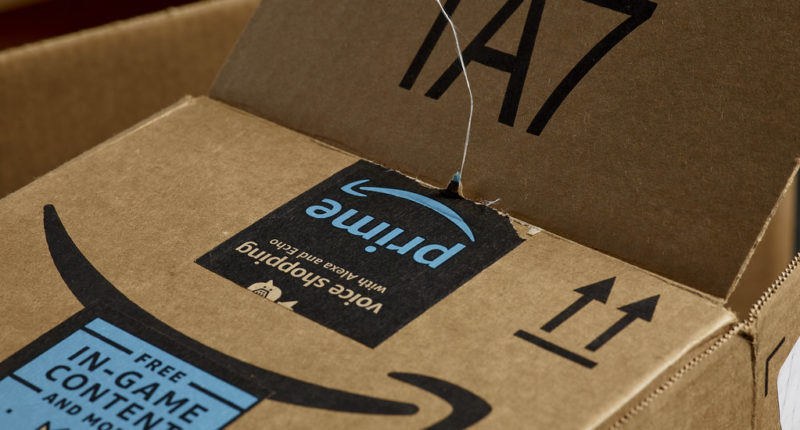Amazon might be fast, but it’s not the fastest. At least not yet. While Amazon has started providing same day deliveries of about 20,000 products to its Prime Now members, it is in a process to speed up deliveries even further by introducing ‘mini fulfillment centres’ closer to cities like Philadelphia, Phoenix, Orlando and Dallas. These new facilities, which will reportedly sprawl in about 100,000 square feet(which is 1/10th of the conventional facilities) will help bring the delivery timing down.
Amazon has been competing with Walmart and Target, companies which have the advantage of being closer to customers due to their already established offline retail stores. For example, Walmart has a store within 10 miles of about 90% of America, which makes speeding up deliveries easier. Thus, Amazon wants to compete with these companies under similar circumstances and on common grounds.
With these facilities, Amazon plans to extend its ‘same day’ delivery option to about 3,000,000 items, and change the way it processes its deliveries. Until now, people have had to get on the platform in the morning and book an afternoon or evening slot for the delivery of their goods. But with the new mini facilities, Amazon will be able to fulfill orders even after midnight, stating on the website itself how long it will take for a product sitting on a shelf on these facilities to land into the hands of the consumer.
The additional ability to receive packages after ordering them in the midnight is something that can have a big impact on how people shop online, as users will be able to receive packages between 4:30 AM to 8 AM in that case. Although this might make things harder for Amazon employees, who have already spoken out on various occasions about the harsh working environment at Amazon’s warehouses and facilities.
Additionally, Amazon states that this will help bring their carbon footprint down, since delivery executives will now have to travel relatively shorter distances. However, it is yet to be seen if this statement stands true in the near future, as the impacts of having facilities like these in cities rather than on the outskirts may not be all pleasant.
